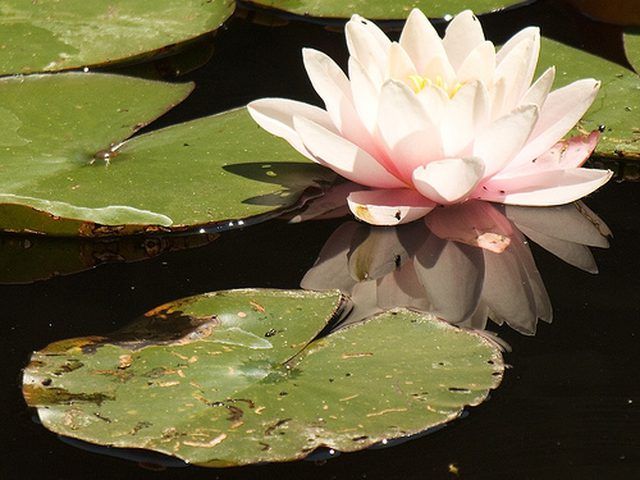Bulbs
Flower Basics
Flower Beds & Specialty Gardens
Flower Garden
Garden Furniture
Garden Gnomes
Garden Seeds
Garden Sheds
Garden Statues
Garden Tools & Supplies
Gardening Basics
Green & Organic
Groundcovers & Vines
Growing Annuals
Growing Basil
Growing Beans
Growing Berries
Growing Blueberries
Growing Cactus
Growing Corn
Growing Cotton
Growing Edibles
Growing Flowers
Growing Garlic
Growing Grapes
Growing Grass
Growing Herbs
Growing Jasmine
Growing Mint
Growing Mushrooms
Orchids
Growing Peanuts
Growing Perennials
Growing Plants
Growing Rosemary
Growing Roses
Growing Strawberries
Growing Sunflowers
Growing Thyme
Growing Tomatoes
Growing Tulips
Growing Vegetables
Herb Basics
Herb Garden
Indoor Growing
Landscaping Basics
Landscaping Patios
Landscaping Plants
Landscaping Shrubs
Landscaping Trees
Landscaping Walks & Pathways
Lawn Basics
Lawn Maintenance
Lawn Mowers
Lawn Ornaments
Lawn Planting
Lawn Tools
Outdoor Growing
Overall Landscape Planning
Pests, Weeds & Problems
Plant Basics
Rock Garden
Rose Garden
Shrubs
Soil
Specialty Gardens
Trees
Vegetable Garden
Yard Maintenance
What Makes Water Lilies Float?
What Makes Water Lilies Float?. Sometimes considered a pest if they overrun a pond, but most often the centerpiece of a water garden, water lilies have entranced garden enthusiasts through the ages. Floating serenely on a still pond, a blooming water lily has undoubtedly made more than one gardener wonder, "Just what keeps them afloat?"

Sometimes considered a pest if they overrun a pond, but most often the centerpiece of a water garden, water lilies have entranced garden enthusiasts through the ages. Floating serenely on a still pond, a blooming water lily has undoubtedly made more than one gardener wonder, "Just what keeps them afloat?"
Lilies Love the Water
Nymphaeaceae, or "water lilies," a family of flowering aquatic plants, thrive in freshwater ponds and still bodies of water in temperate and tropical climates around the world. Although they may seem to be floating, water lily roots are actually firmly planted in the soil beneath the water.
Breaking the Surface
Water lilies sprout beneath pond waters from a network of tubers, or rhizomes. Slender stalks push up to the surface of the water, where leaves unfurl and buds will set and soon bloom. Tropical water lilies require warm temperatures to grow, usually above 70 degrees F, while hardy water lilies (most common in North American and other temperate climes) can grow in cooler waters. During winter, water lily tubers do not die off but lay dormant.
A Water Lily's Floating Features
Water lilies are well equipped for life in the water, with a stem structure that contains a tough network of bundled hollow cells that hold air and help stems float. Once leaves unfurl, their large surface area offers the plant additional support by using water surface tension to keep the plant afloat.
Taking Advantage of Water Tension
Water molecules at the surface of a body of water have a stronger attraction to each other than the molecules beneath the surface, creating what is commonly called water surface tension. Similar to the method water insects use to skim across a pond's surface, water lily leaves may have small hairs or other structures to take advantage of water tension. The still water of ponds and marshes ensures water lilies have plenty of water surface tension to help them float.
A Little Leaf Support
Water lily leaves are particularly adapted for water life, with the primary cells used for photosynthesis on the top surface of the leaf that faces the sun. A waxy layer, or cuticle, coats the top of the leaf, repelling water so that the plant can "breathe" and to drain off excess water and keep the leaves from sinking.